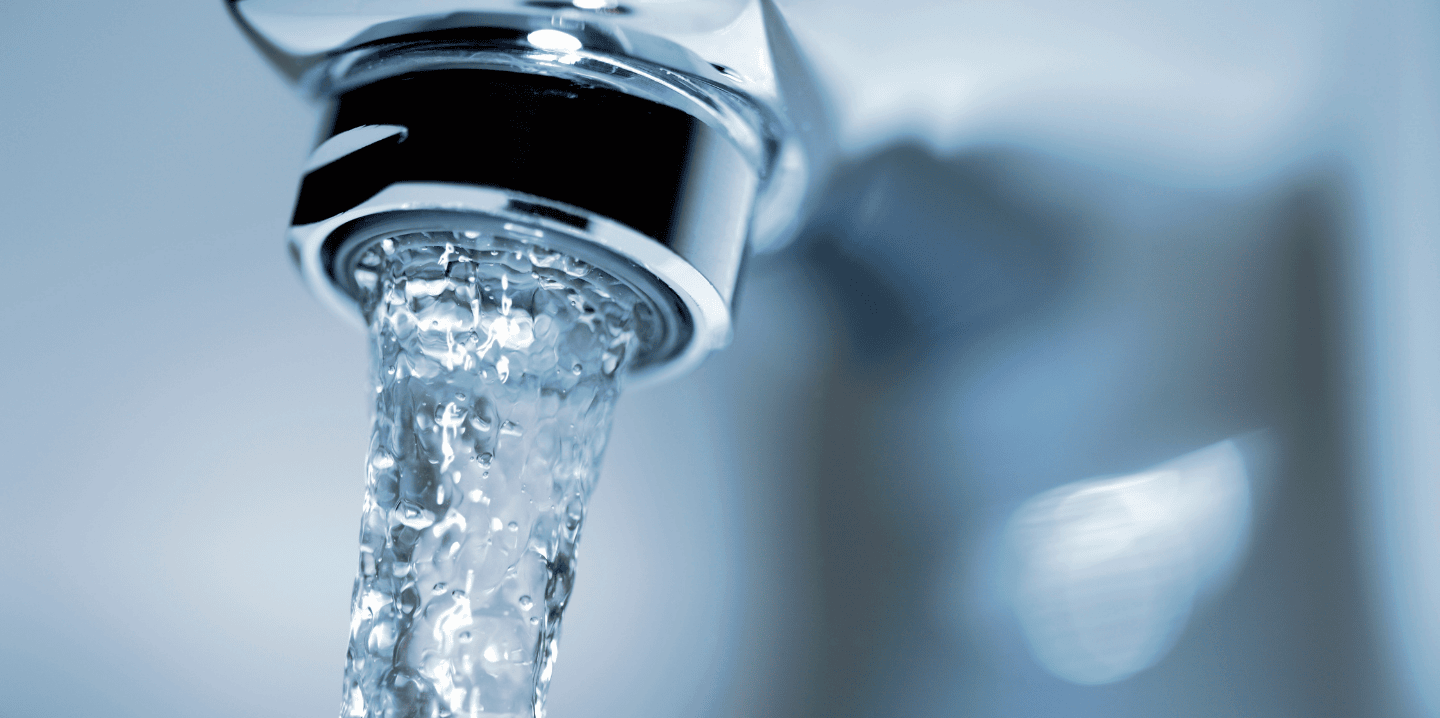In recent years, attention to microplastics in drinking water has led to the definition of specific regulations and monitoring methodologies. The European Union has recognized the importance of addressing this issue by introducing regulations aimed at ensuring greater safety for consumers.
European Provisions
The European Directive 2020/2184 on water intended for human consumption marked a significant step in including microplastics as emerging contaminants to be monitored. Although mandatory limits for their presence have not yet been established, the Directive requires Member States to collect data on the concentration of microplastics, preparing for potential future regulatory updates.
Supporting this initiative, Commission Delegated Decision (EU) 2024/1441 introduced a standardized methodology for monitoring microplastics in drinking water. This document defines analytical parameters, including:
- Microplastic sizes: Particles ranging from 20 µm (micrometers) to 5 mm, covering both particles visible to the naked eye and micro-particles detectable only with advanced instruments.
- Types of particles: Microplastics are classified based on their morphology, including:
- Fragments: Originating from the degradation of larger plastic materials.
- Fibers: Mainly from the wear of synthetic fabrics.
- Pellets or beads: Microbeads previously used in cosmetics or industrial processes.
- Chemical composition of polymers: Analysis to identify commonly used materials such as:
- Polyethylene (PE) and Polypropylene (PP): Found in packaging and single-use items.
- Polyethylene Terephthalate (PET): Used in bottles.
- Polyurethane (PU) and Polystyrene (PS): Used in insulation materials and packaging.
- Polyvinyl Chloride (PVC): Used in pipes and coatings.
Monitoring Methodologies
The quantification of microplastics in drinking water requires advanced techniques and rigorous procedures. Key points of the defined methodologies include:
- Representative sampling: Collecting samples to ensure they reflect the average quality of distributed water.
- Sample pretreatment: Using chemical and physical techniques to remove interfering organic and inorganic components without altering the microplastics present.
- Filtration and counting: Determining the number of particles per liter using instrumental analysis techniques:
- Optical and electron microscopy: To characterize particle morphology.
- FTIR and Raman spectroscopy: To identify the chemical composition of polymers.
These steps ensure that the collected data are accurate and reliable, contributing to a better understanding of exposure to microplastics.
Impacts and Future Prospects
The adoption of European provisions and standardized methodologies is a fundamental step in addressing the issue of microplastics. Although no limit values have been established so far, the data collected through monitoring will provide critical information for assessing risks and adopting corrective measures.
With the evolution of scientific knowledge and the consolidation of analytical procedures, the European Union may introduce new regulations to limit the presence of microplastics in drinking water, further protecting public health.
Analytical Support
Our Analytical laboratories, in collaboration with the University of Florence, can perform analyses on various matrices using advanced micro-FTIR instrumentation, offering qualitative and quantitative identification of plastics.
As a testing laboratory, we can identify and quantify microplastics present in products, ecosystems, and organisms. Through advanced techniques such as FTIR (Fourier-transform infrared spectroscopy), we provide detailed analyses to understand the extent of microplastic contamination. These tests not only reveal the presence of microplastics but can also identify their chemical composition, providing crucial information for effective mitigation strategies.

